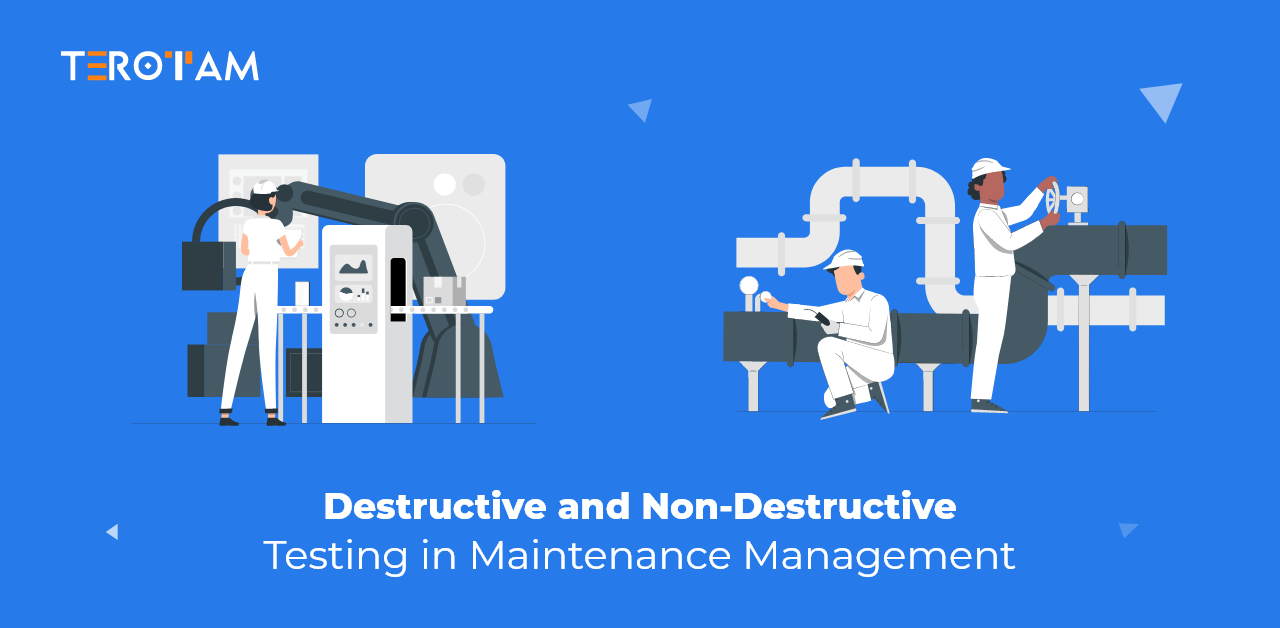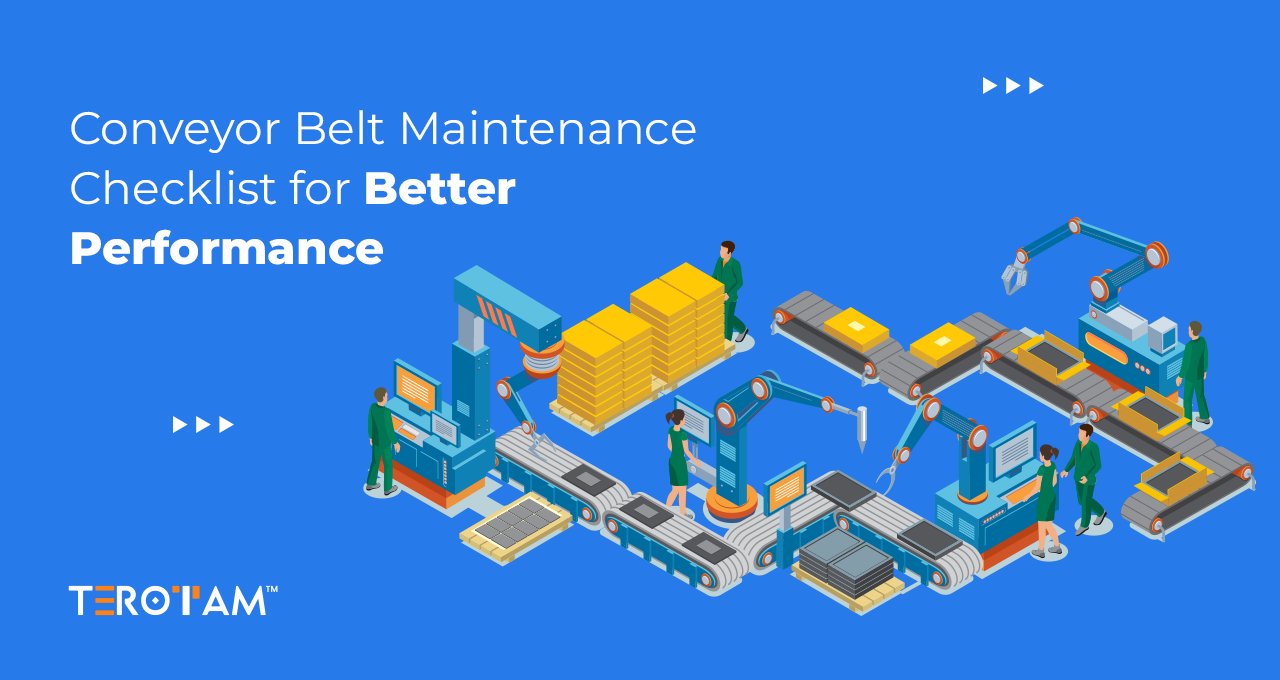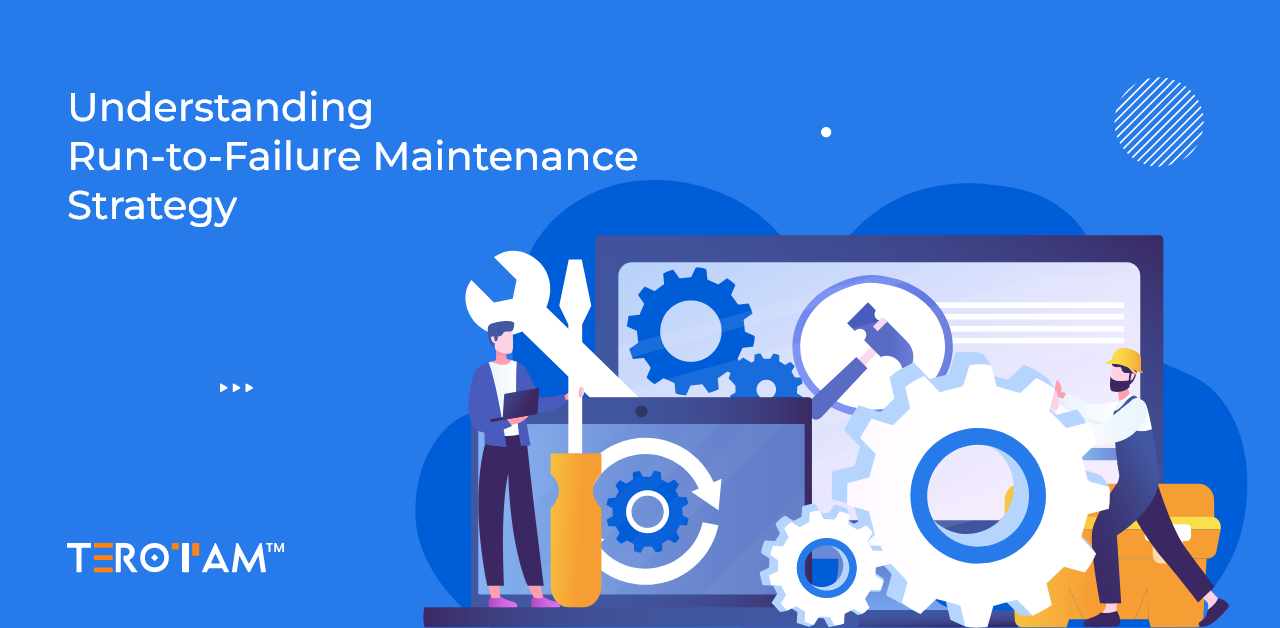When we talk about maintenance management, the reliability and safety of equipment are very crucial, necessitating advanced and accurate methods to assess and ensure their integrity.
If we look at the practices followed by industry experts, two critical methodologies will be utilized to achieve this: Destructive testing (DT) and nondestructive testing (NDT). These testing approaches play a vital role in understanding material properties, identifying potential failures, and ensuring that equipment meets stringent safety and performance standards.
With the help of such testing methods and its result, maintenance professionals can make informed decisions about maintenance strategies, optimize operational efficiency, and extend the lifespan of critical assets.
Let’s understand them quickly in this article.
Destructive Testing (DT) in maintenance management
Destructive Testing (DT) involves evaluating the properties of materials or components by subjecting them to conditions that lead to their failure. This method provides valuable data about the material’s strength, durability, and performance under extreme conditions, but it results in the destruction of the tested sample.
When is Destructive Testing Needed?
Destructive Testing is crucial for understanding the fundamental properties of materials or components, such as tensile strength, hardness, and impact resistance. By pushing materials to their limits, it provides precise data necessary during the design and development phase, ensuring safety and performance standards are met.
This method is vital for failure analysis. When a component fails, examining the fractured part helps identify the root cause, preventing future occurrences. This insight is invaluable for improving designs and processes, enhancing reliability and safety.
In manufacturing, Destructive Testing ensures quality control by verifying that materials and components meet necessary specifications before deployment. Despite resulting in the sample’s destruction, the reliable data obtained justifies its use, ensuring products are fit for their intended purpose.
Advantages of Destructive Testing:
- Provides precise and comprehensive data on material properties.
- Helps in understanding the material’s behavior under extreme conditions.
- Essential for validating design specifications and ensuring safety standards.
Disadvantages of Destructive Testing:
- Results in the destruction of the sample, making it unusable for further use.
- Often time-consuming and expensive due to the need for multiple samples.
- Not suitable for testing critical or irreplaceable components.
Nondestructive Testing (NDT) in maintenance management
Nondestructive Testing (NDT), on the other hand, involves evaluating the properties and integrity of materials or components without causing any damage. This method is essential for routine maintenance and inspection, as it allows for continuous monitoring and assessment without compromising the functionality of the equipment.
When is Nondestructive Testing Needed?
Nondestructive Testing (NDT) is essential for routine maintenance and inspection of equipment. It allows for early detection of wear, tear, or potential defects without causing any damage. This method is crucial in industries where safety is paramount, such as aviation and nuclear power, to ensure components are free from critical flaws.
NDT is also vital for quality assurance during manufacturing. It ensures that components meet required standards without compromising their usability, making it ideal for critical applications. Additionally, it enables continuous monitoring and real-time assessment, which is essential for maintaining operational efficiency and safety.
When extending the life of older equipment, NDT helps assess the remaining useful life by detecting and monitoring defects over time. It is a cost-effective method for routine inspections, providing immediate results and enabling informed decision-making without damaging the equipment.
Advantages of Nondestructive Testing:
- Allows for the inspection of critical components without causing damage.
- Enables continuous monitoring and early detection of potential issues.
- Cost-effective for routine maintenance and inspection tasks.
- Provides real-time results for immediate decision-making.
Disadvantages of Nondestructive Testing:
- May require specialized equipment and trained personnel.
- Some methods may have limitations in detecting certain types of defects.
- Interpretation of results can be subjective and may require expert analysis.
Conclusion
Managing Destructive and Nondestructive Testing can make a huge difference in maintenance management. These methods help keep equipment safe, reliable, and running longer.
Want to know more about how to optimize your maintenance strategies or how TeroTAM’s CMMS solutions can help? Drop us a line at contact@terotam.com. We’re excited to help you streamline your maintenance operations!








